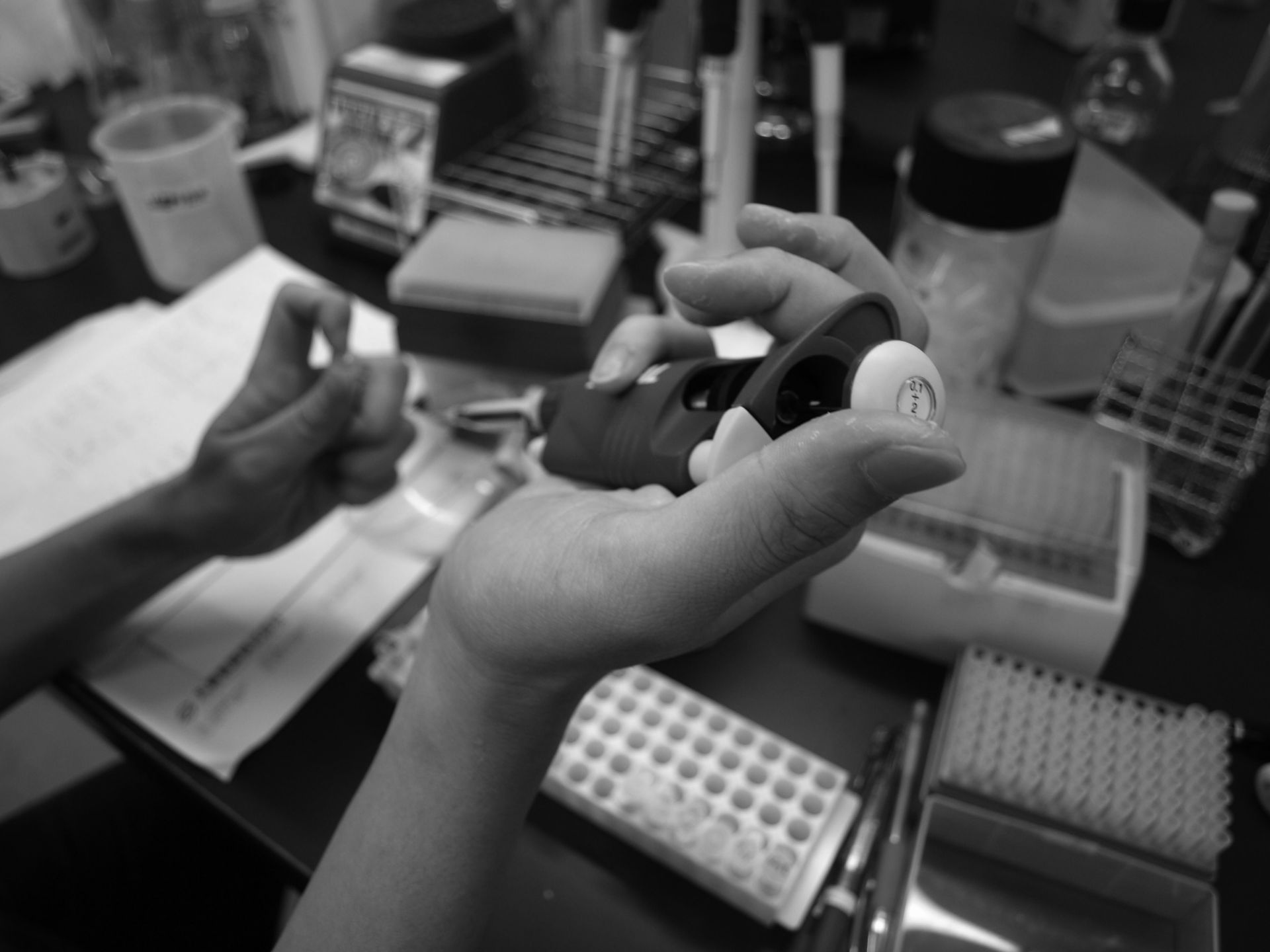Team:KIT-Kyoto/Achievement
From 2014.igem.org
(Difference between revisions)
| Line 115: | Line 115: | ||
} | } | ||
| + | @media screen and (max-width: 568px) { | ||
| + | .achievement li,.checked{ | ||
| + | line-height:1.5em; | ||
| + | } | ||
</style> | </style> | ||
Revision as of 10:18, 16 October 2014



Achievement
Bronze
- Register for iGEM, have a great summer, and attend the Giant Jamboree.
- Create a team wiki sharing background information, context, inspirations and goals for the project, and documentation of your process and outcomes.
- Present a poster and talk at the Giant Jamboree.
- Demonstrate the use of art and design for thoughtful, critical investigation of the current and future implications of synthetic biology. → Project
- Demonstrate the active engagement of engineers, scientists, members of the public, and other stakeholders as part of your project, during the initiation, development, presentation, and documentation your project. → Acknowledgements
Silver
- Create a short film about or as part of your project. This video must be sent to the committee and iGEM HQ.
- Design and execute a workshop or event for a group of people outside of your team. → Workshop, Open House and High School Visit
- Produce an installation or experiment (does not need to be biological) and document it or recreate it at iGEM (please contact artdesign@igem.org to arrange space for presenting your project before October 1st).
Gold
- Provoke us to think about synthetic biology and its implications in a new and novel way. We are looking for teams to break new ground and surprise us! → Project
- Collaborate directly with an iGEM team in another track. → Collaboration
- Design and document on the Registry of Standard Biological Parts at least one new standard BioBrick Part (teams working with biological materials must adhere to all laboratory safety requirements maintained by iGEM). → Parts
- iGEM projects involve important questions beyond the bench, for example relating to (but not limited to) ethics, sustainability, social justice, safety, security, or intellectual property rights. Describe an approach that your team used to address at least one of these questions. Evaluate your approach, including whether it allowed you to answer your question(s), how it influenced the team’s scientific project, and how it might be adapted for others to use (within and beyond iGEM). We encourage thoughtful and creative approaches, and those that draw on past Policy & Practice (formerly Human Practices) activities. → Discussion
 "
"
